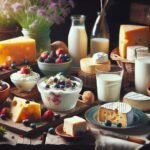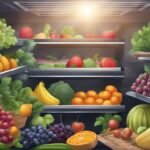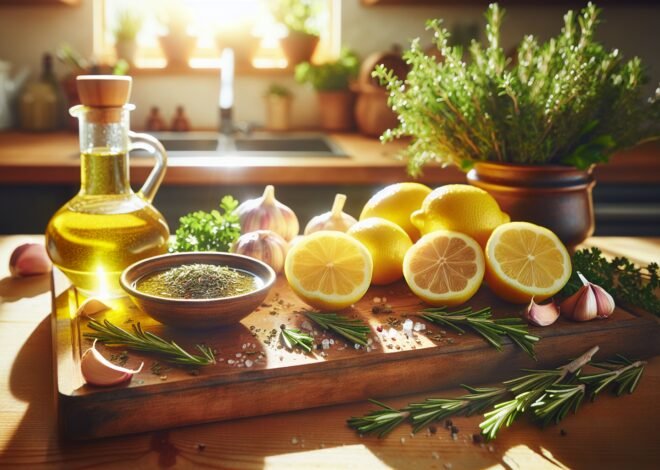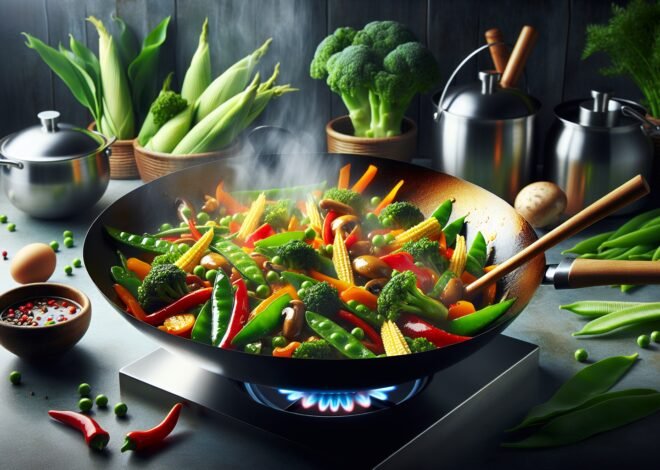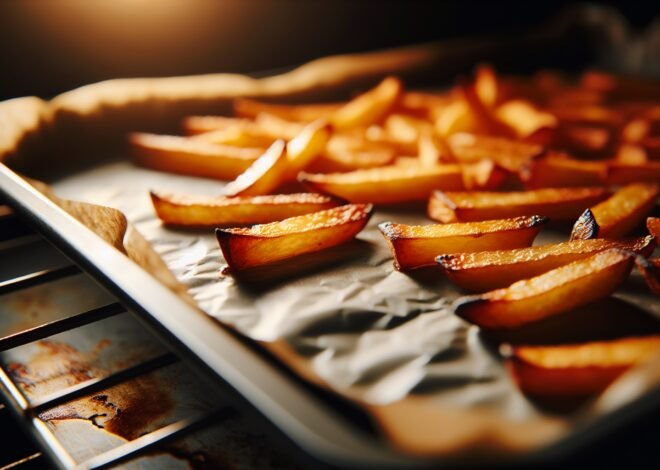
How to Properly Measure Ingredients for Baking
Measure ingredients for baking with precision to ensure perfect results every time. Baking is a science, where even slight mismeasurements can alter the final product’s taste and texture. Studies reveal that incorrect measuring is the leading cause of baking failures. This guide will cover essential tips to help you master measuring ingredients, from understanding the difference between wet and dry measurements to selecting the right tools. By exploring these best practices, you’ll enhance your baking success and enjoy more consistent, delicious results. Dive in to uncover techniques that transform amateur bakes into professional-level creations.
Importance of Accurate Measurements in Baking
In the world of baking, precision is king. The difference between a perfect pastry and a culinary flop often lies in meticulous measurements. Accurate measurements ensure that flavors balance, textures are ideal, and every bite is as intended. Let’s delve into common mishaps, consequences of inaccuracies, and the benefits of getting it right.
Common Mistakes in Measuring Baking Ingredients
Many bakers, both novices and seasoned pros, make common errors when measuring. One frequent mistake is scooping flour directly from the bag, which packs it, leading to excess amounts. Another error is misreading the meniscus when measuring liquids, causing discrepancies. Some bakers skip leveling off dry ingredients, resulting in inconsistency. Even a slight miscalculation can throw off a recipe, so it’s vital to measure with precision.
How Incorrect Measurements Affect Baking Outcomes
Inaccurate measurements can lead to disappointing results. Too much flour makes pastries dense and dry, while excess sugar can cause cakes to collapse. Incorrect liquid amounts affect dough consistency, leading to uneven baking. Precise measurements ensure that recipes perform as expected, delivering delightful textures and flavors.
Benefits of Accurate Ingredient Measurement
Measuring accurately brings consistency and reliability to baking. It transforms average recipes into masterpieces, ensuring every bake yields the same quality. Consistent measurements enhance flavor balance, texture, and appearance, making your bakes unforgettable. Accurate measurements also reduce waste, saving both time and ingredients.
Essential Tools for Measuring Baking Ingredients
The right tools make all the difference in baking precision. From measuring cups to scales, each tool has its place in the kitchen. Knowing which to use and how to use it ensures every recipe succeeds. Explore how to choose and use essential tools for accurate measurements.
Choosing the Right Measuring Cups and Spoons
Investing in quality measuring cups and spoons is crucial. Opt for sets that include both dry and liquid options. Dry ingredient cups should be leveled off for accuracy, while liquid cups should have a spout for easy pouring. Spoons should fit into narrow containers easily, ensuring precise measurements every time.
Using a Kitchen Scale for Precision
A kitchen scale is a baker’s best friend. It offers precision unmatched by cups and spoons. Scales ensure that dry ingredients and liquids are perfect down to the gram, leading to consistent results. Digital scales are ideal for accuracy, ease of use, and versatility in measuring various ingredients.
Measuring Sticky Ingredients Efficiently
Sticky ingredients like honey can be tricky to measure. Using non-stick spray on measuring tools can help. Alternatively, weigh these ingredients directly on a kitchen scale. This technique minimizes leftovers in the cup and ensures accurate amounts for your recipes.
Techniques for Measuring Different Baking Ingredients
Different ingredients require different measuring techniques. Mastering how to measure dry, liquid, and semi-solid ingredients is vital for baking success. Each method ensures your recipes turn out perfectly every time. Let’s explore the best techniques for each type of ingredient.
How to Measure Dry Ingredients Properly
For dry ingredients, spoon them into a measuring cup and level off with a straight edge. Avoid packing flour or sugar into the cup, which leads to excess amounts. Sifting flour before measuring can also improve accuracy. These techniques ensure that dry ingredients are measured correctly, supporting recipe success.
Techniques for Measuring Liquid Ingredients
When measuring liquids, use a clear measuring cup and read at eye level. Pay attention to the meniscus, ensuring the liquid measures accurately. For small amounts, measuring spoons are ideal. These techniques help achieve precision, ensuring liquids don’t overwhelm or underperform in recipes.
Tips for Measuring Semi-Solid Ingredients
Semi-solid ingredients, like butter or shortening, can be challenging. For butter, use markings on the wrapper for precision. With shortening, use cups designed for solids, or press into a measuring cup and level off. These tips ensure semi-solids are accurately included, maintaining recipe integrity.
Conclusion
The article explains the importance of accurately measuring ingredients for baking to ensure consistent results. It discusses common tools like measuring cups, spoons, and kitchen scales, highlighting their role in precise measurements. Dry ingredients should be measured using the spoon-and-level method, while liquids should be at eye level for accuracy. The piece emphasizes understanding the difference between packed and loosely packed ingredients, such as brown sugar. It advises against substituting ingredients without understanding their properties, as this can affect the final product’s texture and taste.
FAQ
What is the best way to measure flour for baking?
For precise flour measurement, use a kitchen scale. Weighing flour ensures consistency and avoids the common issue of packing too much flour into a cup. If a scale isn’t available, use the spoon-and-level method: spoon flour into a measuring cup and level it off with a knife.
How do you accurately measure liquid ingredients in baking recipes?
Use a clear liquid measuring cup with a spout for accuracy. Place the cup on a flat surface, pour the liquid, and check measurement at eye level. This method prevents under or over-measuring, crucial for recipe success.
Why is it important to measure baking ingredients by weight instead of volume?
Measuring by weight offers precise accuracy, crucial for baking where slight deviations can affect the outcome. Ingredients like flour pack differently, and weight provides consistent measurements, ensuring perfect results every time.
What tools do I need for measuring baking ingredients precisely?
Essential tools include a kitchen scale for weight measurements, dry and liquid measuring cups, and measuring spoons. These tools guarantee accuracy and consistency, essential for baking success.
How does altitude affect the measurement of baking ingredients?
Altitude impacts air pressure, affecting ingredient behavior. Flour may need adjustments, and liquids might require alterations. Understanding local altitude can guide necessary modifications for effective baking.
Can I substitute ingredients without affecting the baking measurements?
Substitutions can impact a recipe’s balance and texture. If necessary, use equivalent weight swaps and consider how the substitute’s properties differ. Understanding the role of each ingredient aids successful adaptation.

